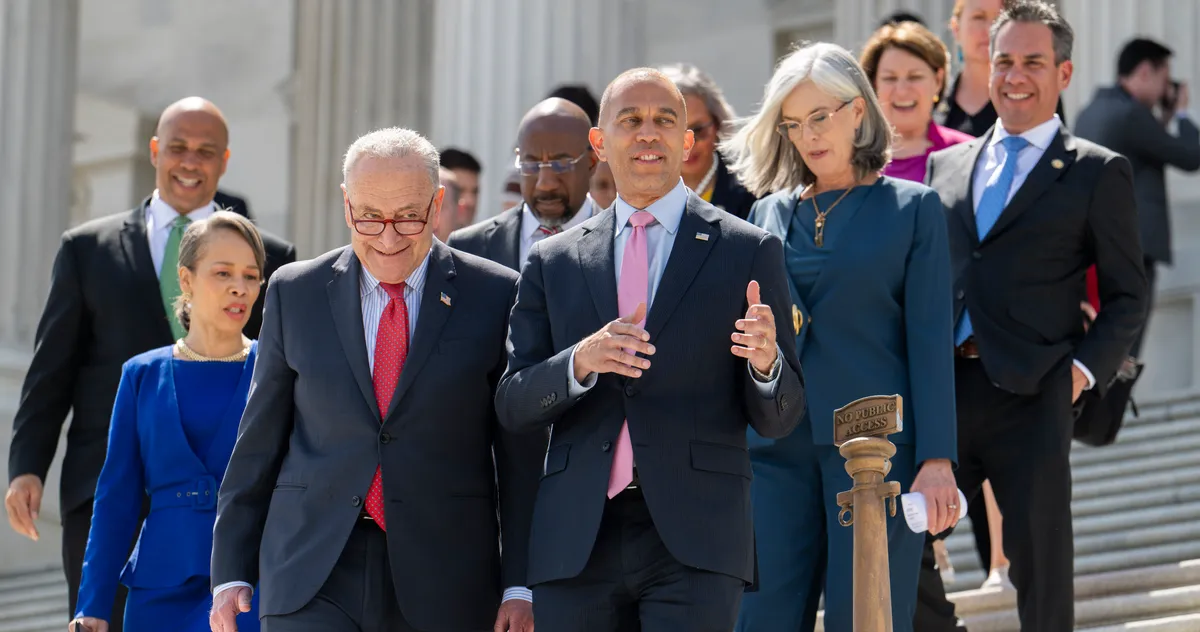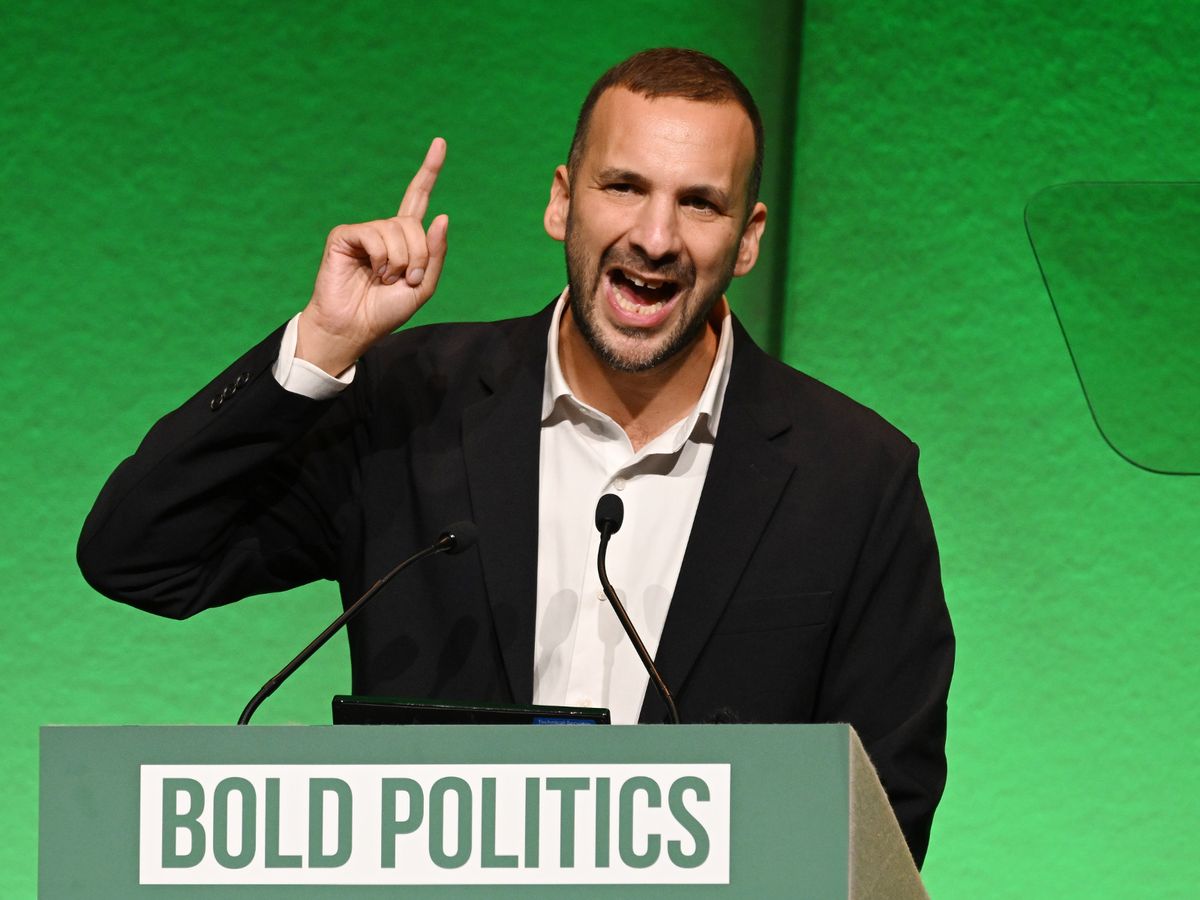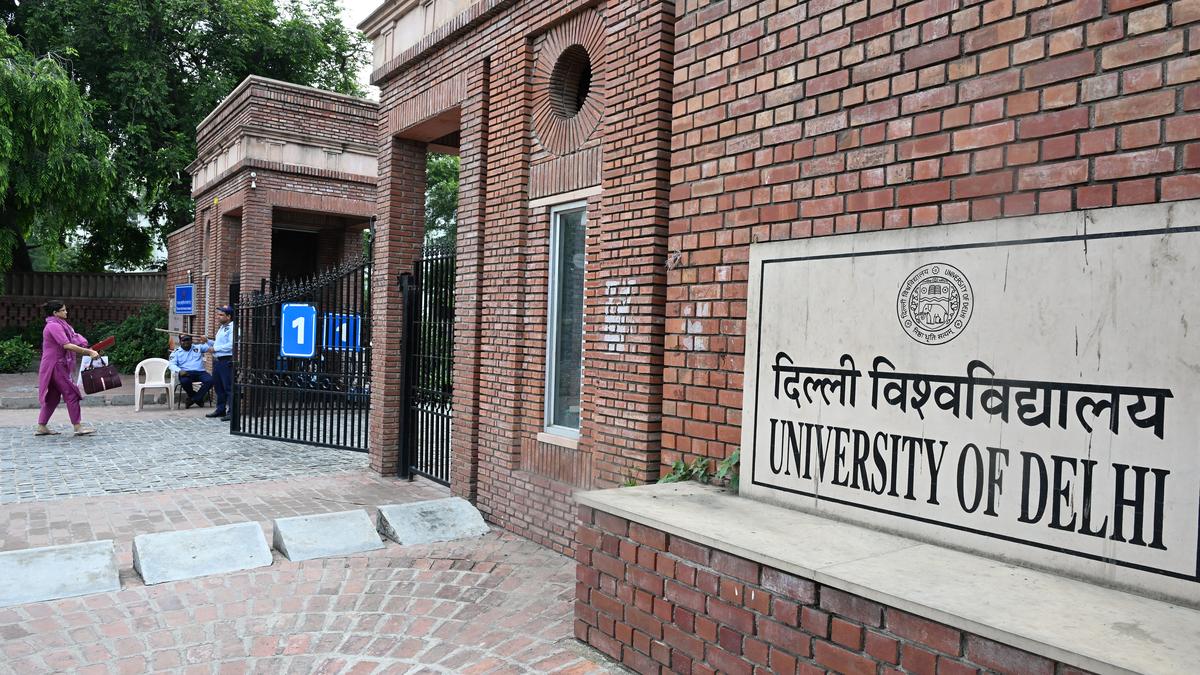
2025 has been excruciating for Democrats as they have been playing defense perpetually against a rapacious Trump administration and its lapdog Congress. So now they’re using the one legislative weapon at their disposal by denying Republicans the Senate votes to keep the federal government operating. The move is partially a reaction to grassroots Democratic fury over their unwillingness to take just this step in March when a previous stopgap spending bill expired. Polls currently show a plurality of rank-and-file Democrats favoring a shutdown. And that doesn’t take into account the particular zest for combativeness that is so evident among the donors and activists who tend to dominate intraparty politics, which is mirrored in the incessantly pugilistic language of Democratic politicians these days. I would be rich if I had a dollar for every Democratic public figure who has deplored “bringing a knife/pen/words to a gunfight” recently or has accused the party as a whole of lacking spine.
But now that they have taken on a high-stakes fight with a GOP that controls everything, led by a president who loves conflict and destruction, congressional Democrats and their supporters need to develop a clear understanding of what they can reasonably hope to accomplish. There are three basic options on the table:
.
Democrats get everything they want
Democrats’ demands for keeping the government open — or, presumably, for reopening it — are clear. They united behind a counterproposal to the GOP’s “clean CR” measure to extend current spending authority until November 21. Democrats called for three major concessions: (1) extension of the enhanced Obamacare premium subsidies enacted in 2021, which are due to expire at year’s end, affecting approximately 22 million policyholders who will otherwise face very large premium spikes; (2) repeal of major Medicaid cuts in the recently enacted One Big Beautiful Act; and (3) reversal of and future curbs on Office of Management and Budget director Russell Vought’s efforts to rescind or cancel previously appropriated funds and to abolish congressionally authorized programs. Presumably they will also demand that Vought’s new threat to lay off huge numbers of furloughed federal employees be canceled or reversed.
To be clear, there is almost no chance Republicans will bend on the Medicaid cuts or Vought’s spending clawbacks. So total victory for Democrats is a chimera, and political leaders should find ways to let “the base” know that.
.
Democrats score a partial win, brokered by Trump
The policy concession Democrats might realistically hope to win, in part if not in whole, is the Obamacare-subsidy extension. The GOP left this extension out of the One Big Beautiful Act because hardcore conservatives hate Obamacare. However, many Republicans, including some in Donald Trump’s circle, fear the midterm repercussions of a premium spike that would hit a lot of middle-class voters in their own coalition. Owing to GOP divisions on the subject, this concession would almost certainly have to be imposed by Trump himself — and he won’t admit it’s a concession at all but simply a reflection of his own policy preferences. On the other hand, even if Trump goes in this direction, conservatives will fight hard to restrict eligibility for the premium subsidy, forcing Democrats to choose between half a loaf and none. Either way, Democrats could rightly claim to be doing whatever they could to protect the popular health-care benefits that Republicans continuously seek to deny or cut.
Since Vought’s threatened mass layoffs are contingent on a closed federal government, it’s also possible Democrats could secure their reversal as part of a deal to reopen the government along with the traditional provision that furloughed employees receive back pay. Altogether, such an outcome really would represent a rare Democratic legislative victory.
.
Democrats walk away with only a messaging victory
If Trump and Republicans simply refuse to make concessions, pleasing the government-haters in their ranks and risking economic repercussions, Democratic resistance will likely melt away with time. All it would take is eight Senate Democrats to reopen the government. What the party could claim as a prize in any event is the opportunity to preview its midterm messaging with a major focus on health care and Trump’s contempt for laws and norms. Depending on the length of the shutdown and how it plays with the public, Democrats might also satisfy some of the incessant craving for “fighting Trump” while educating the rank and file on the limits of their powers of obstruction.
Ultimately, the one effective weapon Democrats do potentially possess is success in flipping control of one or both congressional chambers in 2026. Having done what they could in 2025, they could essentially tell their base it’s its turn to take up the fight by mobilizing and persuading every vote possible. But if the rifts between Democratic politicians and their supporters are to be healed in anticipation of the midterms, leaders would be wise to keep rank-and-file expectations of what “winning the shutdown” looks like quite low. It’s one battle in a long war, and not an ounce of Democratic passion should be wasted in recriminations over how much “fight” and “spine” House and Senate Democrats exhibited.



